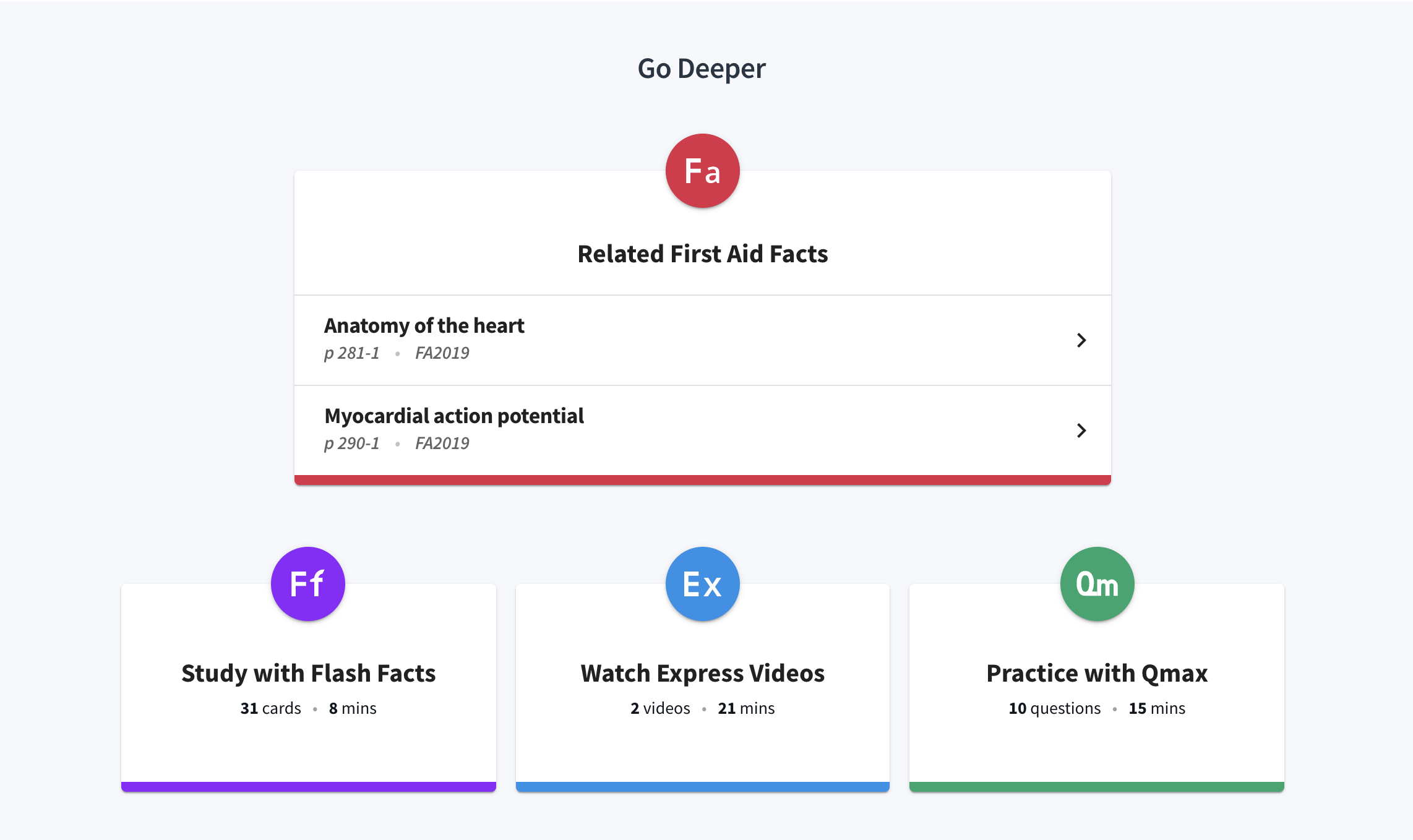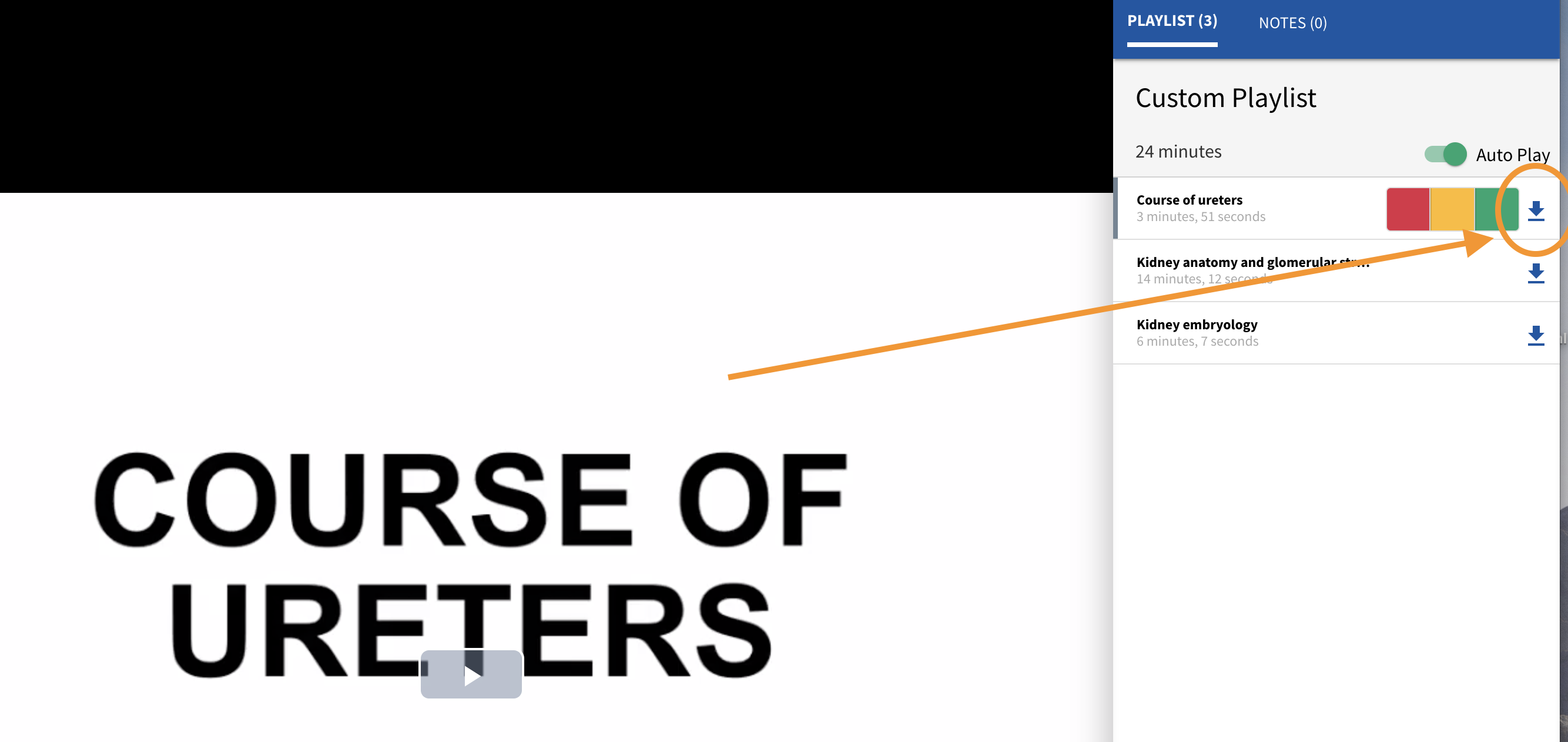Med students and IMGs often ask about the best way to use Rx360+ from USMLE-Rx, and the answer is typically, “It depends.” Since every student starts from a different place (different strengths and weaknesses, different knowledge gaps, and different preferences in how they learn), there is no one-size-fits-all prescription. We realize that many students feel overwhelmed during the preclinical years and struggle to find an effective learning strategy. Our goal is to support you on this journey with the right tools and the right content, since the foundation of knowledge you build during your basic science years is the most important resource for success on the USMLE Step 1.
Remember, It’s Not a Race
Everyone recognizes that if you wait until 4 weeks before the Step 1 exam to really begin studying, your chances of success are greatly diminished. There is a lot of information to learn, and you need time to absorb new material, synthesize it, and then repeatedly demonstrate that understanding through assessment. This is a process that takes time, and since your brain is constantly trying to clear out information from your short-term memory, active review is crucial. Each time you test yourself on a concept or explain it to a peer, it signals to your brain that this information must be important and needs to be placed in long-term storage.
Use SmartNotes
There are countless note-taking strategies, so we built our SmartNotes application to meet the diverse needs of a broad range of students while being fully integrated throughout the USMLE-Rx ecosystem. You can use the various highlighters and take notes on Rx Bricks, Qmax questions, Flash Facts flash cards, and Express Videos. Plus, you can go to SmartNotes and search through your notes and highlights. Notes and annotations are a great way to keep yourself accountable as you learn, since you should always be asking yourself, “Do I understand this?”
Build Your Foundation
That’s because medical school is impossibly hard and complex. You’re expected to learn a massive volume of complex concepts at a pace that’s difficult for anyone to manage. You simply don’t have enough time to sort through the avalanche of resources you’ve been given to identify what’s truly relevant and important today. This is why we built Rx Bricks.
We recommend starting with Bricks, especially if you are tackling a topic for the first time or struggling to understand a topic that was covered earlier in med school. Some students jump the gun by starting with First Aid, but First Aid was primarily designed as a review resource. Rx Bricks provide the background and context that will help you truly learn the material, with practice questions to test your recall.
While you may be tempted to skip the learning objectives at the beginning of the brick, you will be rewarded by reading them first, since it will properly set expectations regarding what you should take away from the brick. Think of it as a warning to your brain: “Important info is on the way!”
At the end of the brick, you’ll see the learning objectives again, along with checkboxes that allow you to check them off once you feel you understand them. Once each learning objective is checked off, the brick will be considered complete. However, this only works if you’re honest with yourself.
Numerous students have told us that they use the bricks before going to class, since they find that they get a lot more out of lecture when they have this foundation, as opposed to going in cold. Bricks can also solidify key information after lecture.
Go Deeper
At the end of each brick, there is a section called Go Deeper. Here is where the full integration with Rx360+ comes into play, since each brick is aligned with:
- Related First Aid Facts
- Flash Facts
- Express Videos
- Qmax Questions
Again, depending on where you are on your med school journey, you may choose to use one or more of these tools when you complete a brick (all tools are accessible with an Rx360+ subscription). Here’s an example from Histology of the Heart:
Related First Aid Facts: For students who want to see how the content applies to the Step 1 exam, these show you how the related fact appears in First Aid.
If this is a topic that you’re currently studying in school or focusing on for board review, you should consider checking it in the Table of Contents. By doing this, the system will automatically add this topic to your Study Stream (our spaced repetition program connected with Flash Facts).
Flash Facts: This will take you to all of the flash cards related to the topic of the brick. Every med student uses flash cards at some point, but what’s helpful here is that, after reading through the brick or reviewing a section of First Aid, you can begin to see what’s important to remember while testing yourself on what you’ve recently covered.
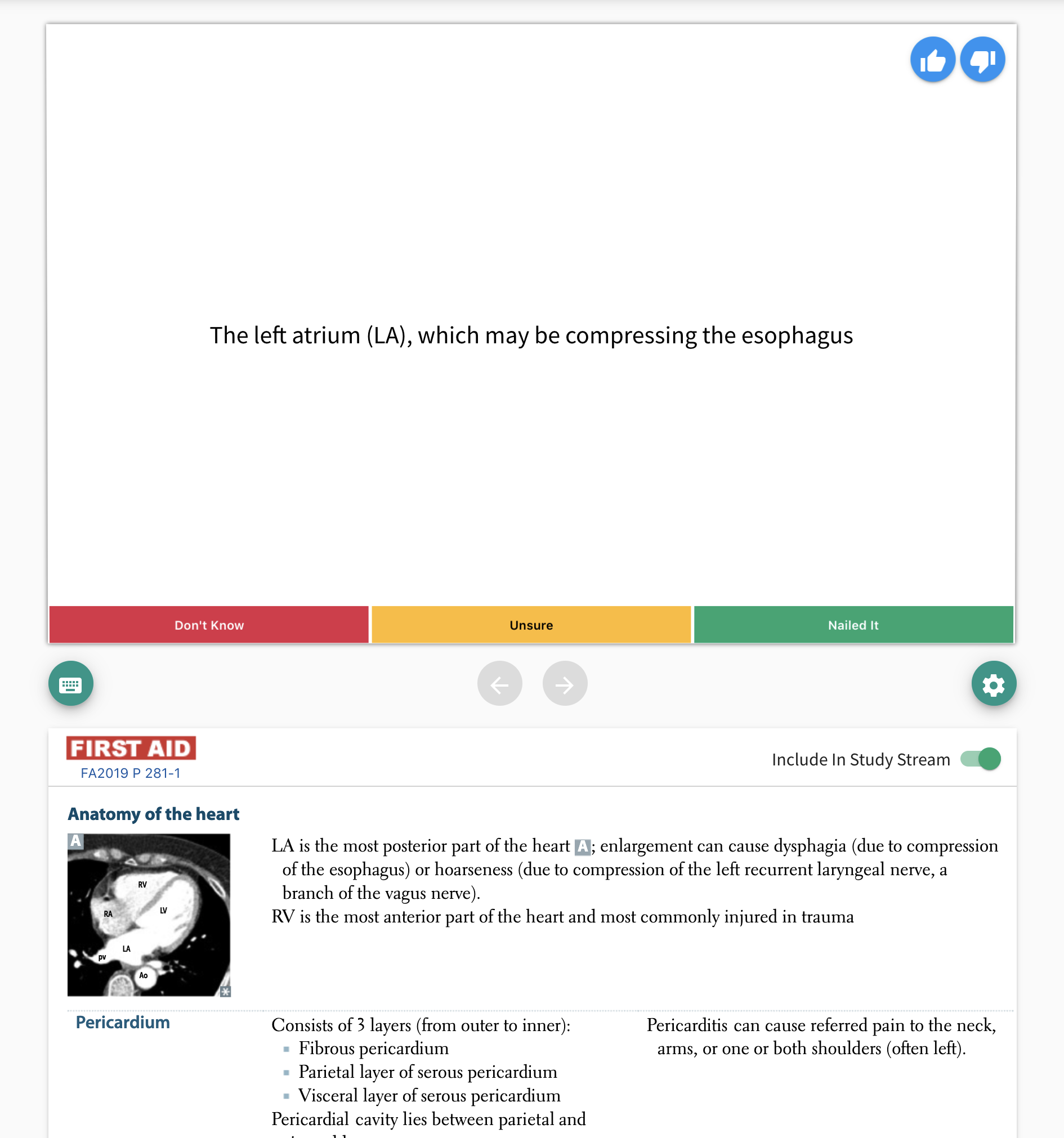
Assigning a confidence rating is important, because you’re telling the system how well you believe you understand the fact. Those confidence ratings are reflected in the Browse First Aid table of contents (green, yellow, and red color coding is based on your average flash card performance in a given category. At least 30% of the flash cards in a given category must be assigned a confidence rating before the category is color-coded. If the category does not have enough activity to be color-coded, the selection defaults to blue).
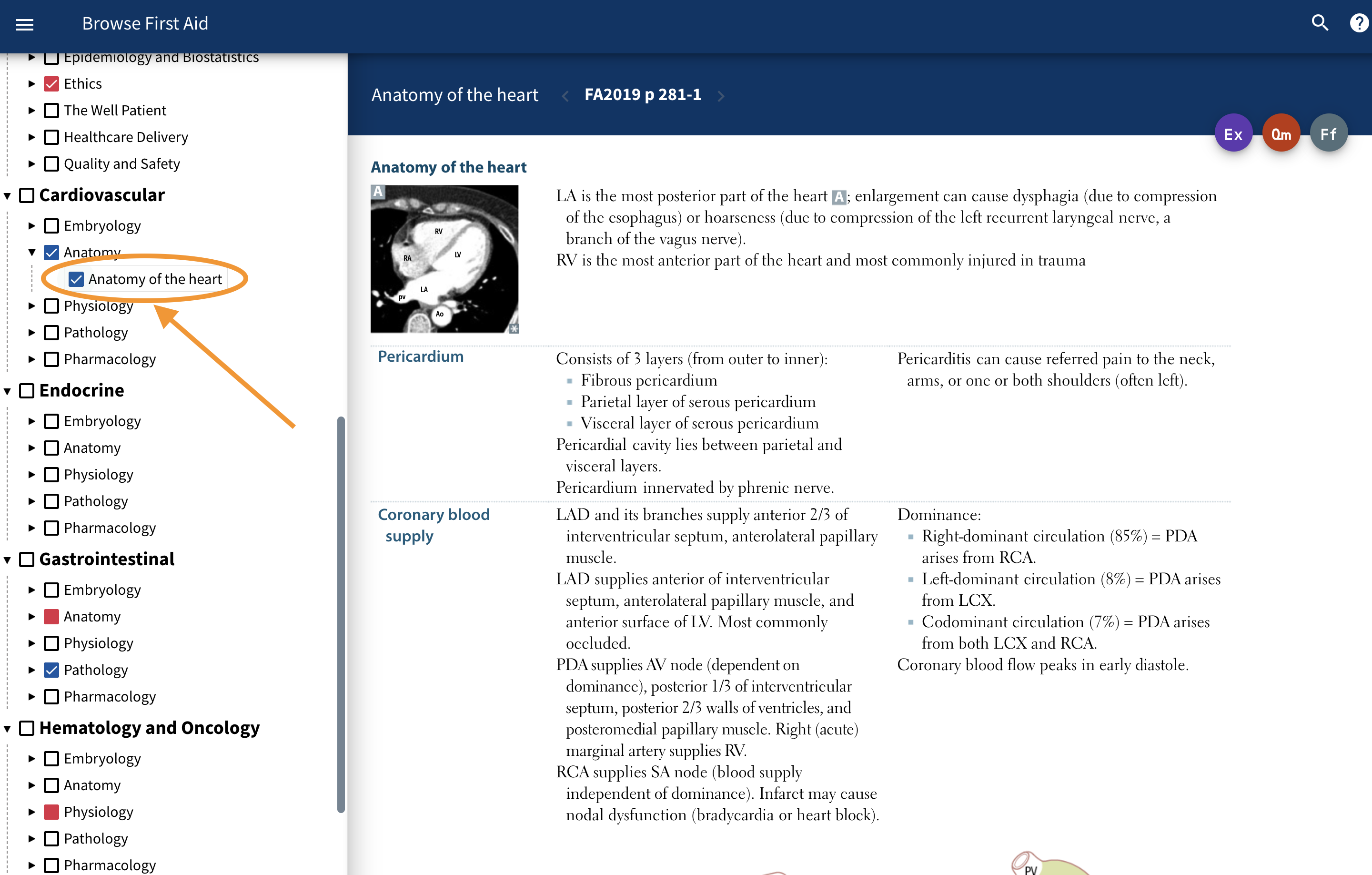
Express Videos: We have almost 1,300 Express Videos in our library, with each of them designed to be concise, high-yield explanations of each crucial First Aid Fact. Some students report watching the videos right after reading the brick, since it provides secondary reinforcement of the material. And since our videos are authored by senior students (and reviewed by faculty experts), they typically include tips on how to remember complex subjects or insights on how you might be tested on the material when test day rolls around.
We also highly encourage you to use the workbooks that go along with the videos. You can find the workbook by clicking the download icon in the playlist.
Qmax: Here you’ll see all of the Qmax questions that are associated with the topic. If you are just beginning to work on a subject—or if you are an M1 just getting started—you may decide to wait until digging into the Qmax questions, which is fine. But don’t wait too long before starting to use Qmax, since this is one of the best ways to learn. Also called “retrieval practice,” practice testing has both direct and indirect benefits to the learner. Effortful retrieval of answers does not only identify weak spot, it directly strengthens long-term retention of material. In fact, the more you work to recall more effortful the recall the material, the better the long-term retention.
In fact, research has shown a positive correlation between the number of boards-style practice questions completed and Step 1 scores among medical students. While the Qmax questions at the end of the brick are going to be related to the topic at hand, we also stress the importance of interleaving, where you mix questions from different topics in a single session (which Qmax allows you to do). Interleaved practice helps you develop the ability to focus on the relevant concept when faced with many possibilities. Practicing topics in massed fashion (e.g., all cardiology, then all hematology) may seem intuitive, but there is strong evidence that interleaving correlates with longer-term retention and increased student achievement, especially on tasks that involve problem solving.
And, of course, make sure you read through the explanations of each question, especially the ones you get wrong. For many med students, this is where the learning occurs, so take the time to read through each explanation and make sure you grasp the bottom line contained at the end.
Use Study Stream for Review
Spaced repetition (which is also called spaced retrieval or distributed practice) is the opposite of cramming, and this is the principle that Study Stream is built upon. Learners review material at increasingly spaced out intervals (from minutes to days to weeks to months). Cramming may help in the pinch in the short term, but students who use distributed practice have better mastery and retention over the long term.
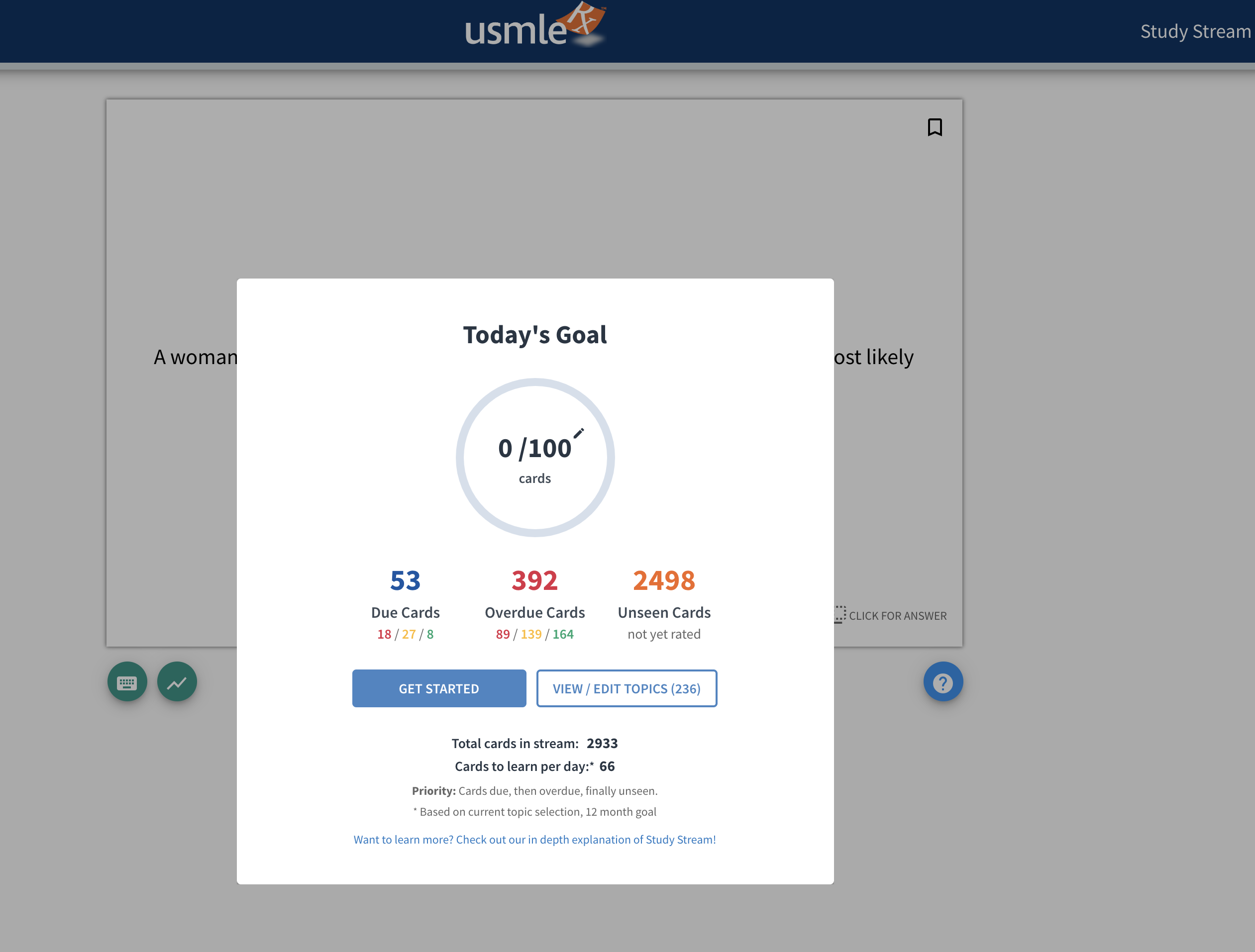
Study Stream will take the topics that you have selected for study—whether using Browse First Aid or by adding a topic to Study Stream during the course of using USMLE-Rx—and feed them to you based on your confidence level. You can learn more about how Study Stream works here, but we encourage you to make this a regular part of your study routine.
Build a Study Schedule
We believe that it’s important for you to set your overall study goals, and this is typically a personal process. But, once you have set down your goals, map out a study schedule that is consistent with your objectives, your vacation time, the difficulty of your ongoing coursework, and your family and social commitments. Determine how you want to spread out your study time and factor in your own history in preparing for standardized examinations (e.g., the MCAT). If you are focusing on Step 1, talk to students at your school who have recently taken it. Ask them for their study schedules, especially those who have study habits and goals similar to yours. Sample schedules can be found at https://firstaidteam.com/schedules/
Do you have questions about using Rx Bricks and/or Rx360+? Let us know! Or start a free trial.
Good luck with your studies!


